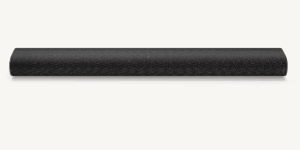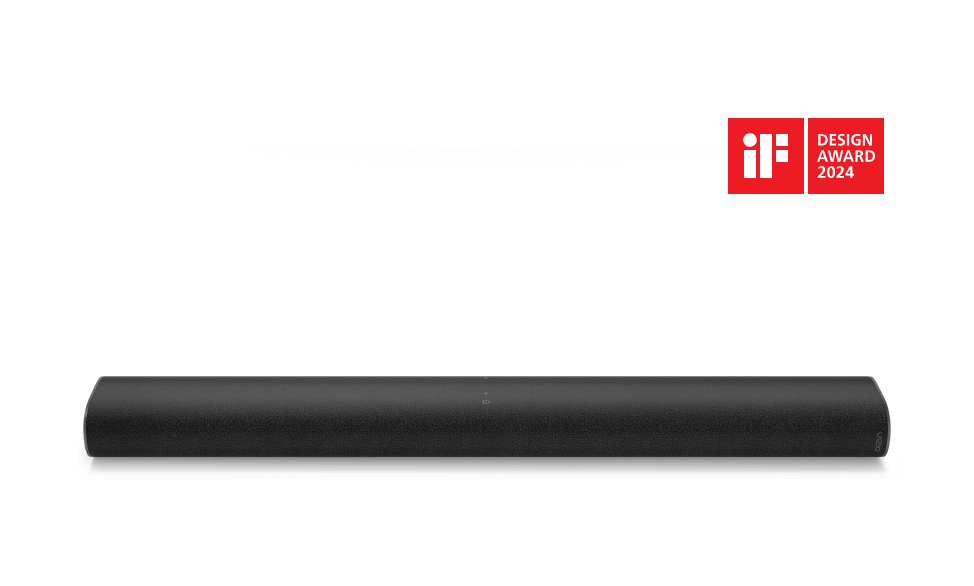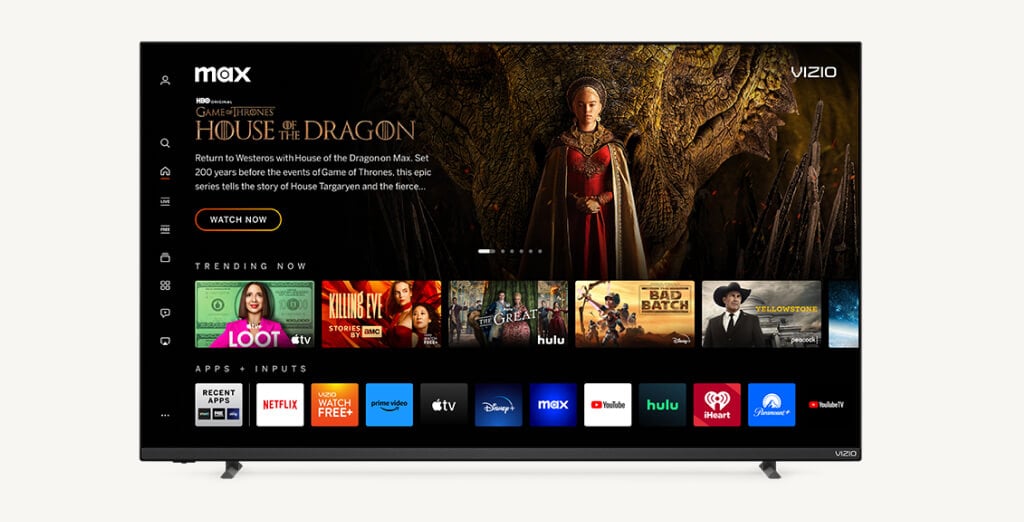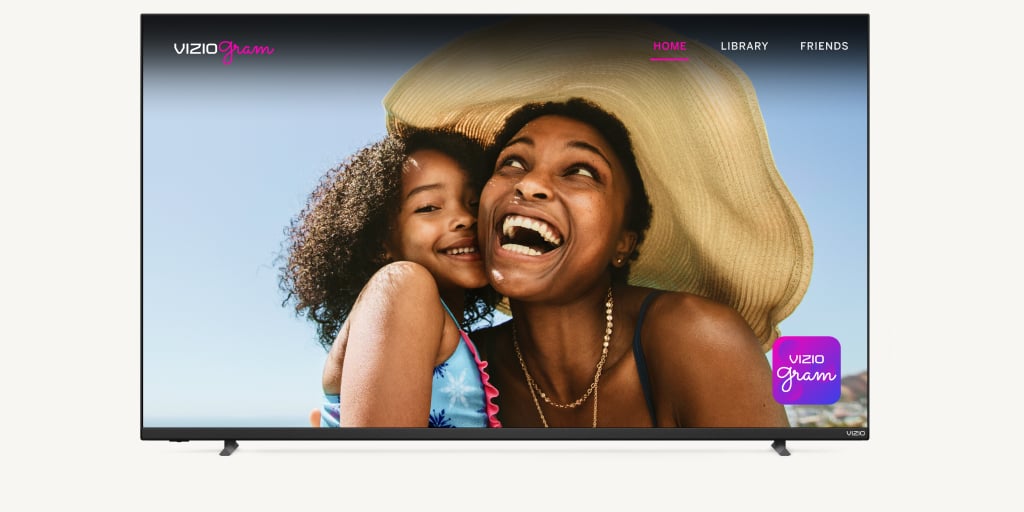HDTV Motion: The 120Hz Difference
BLNZ
By: Melissa J. Perenson
November 23, 2009
As part of PC World's revamped HDTV test methodology, we've introduced a series of motion tests that take into consideration the horizontal, vertical, and diagonal movements of images across the screen. These tests are designed to push HDTVs to the brink, and to separate the winners from the wimps.
HDTVs whose LCD panels had at least a 120Hz refresh rate generally did better than sets with a baseline rate of 60Hz. The improvement from 120Hz to 240Hz was less dramatic.
The best performer on our motion tests was the Samsung LN46B750U1F, a 240Hz set that compiled a score of 4.5 out 5 stars on this series of tests-an impressive feat, considering how strictly our judges graded. Right behind it came the Vizio SV471XVT , with 4.2 stars, followed by a pair of TVs that earned marks of 4 stars: the Vizio SV421XVT and the Samsung LN40B650T1f.
The worst performers fared especially poorly on this test. The JVC LT-46P300, a 60Hz HDTV, scored just 0.6 star on our motion tests. But the 120Hz Insignia NS-L42X10A scored just 1.1 stars, well below average. In most cases, the difference between 60Hz and 120Hz was obvious. For example, as an image with text on it scrolled from right to left, it moved smoothly on the top-performing TVs in this test, and the text labels were clearly readable. That clarity and smoothness disappeared in the sets that performed below average.
Based on our tests, it pays to ante up the extra $200 or so to move up to a 120Hz HDTV from a 60Hz model-if you're confident that the set implements the technology well. The wild variance we saw underscores that the 120Hz (or 240Hz) spec alone does not guarantee a minimum level of performance. The distinction between 240Hz and 120Hz was especially slight, so the value of jumping up to 240Hz is less clear-cut than the value of upgrading to 120Hz.

































